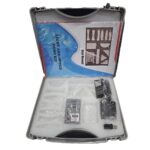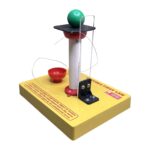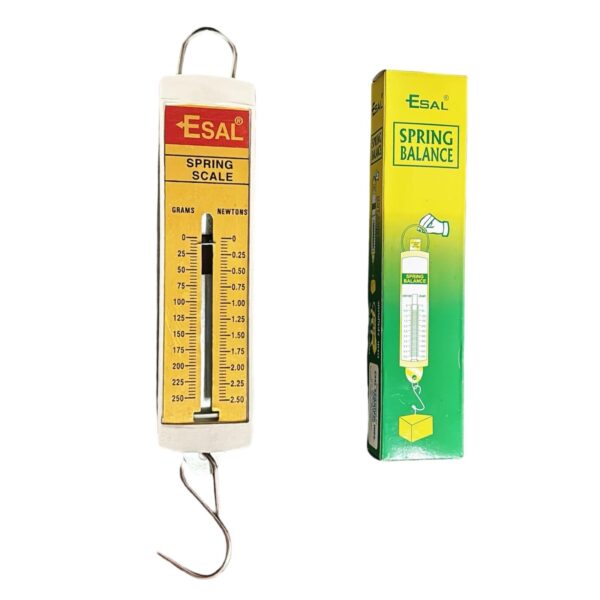- Pick up from the Samtech Store in Ambala
To pick up today
Free
- Courier delivery
Our courier will deliver to the specified address
4-5 Days
200+



₹150 Original price was: ₹150.₹75Current price is: ₹75. (Exc. GST)
To pick up today
Free
Our courier will deliver to the specified address
4-5 Days
200+
When using a spring balance in a school lab, it’s important to understand its purpose and how to interpret its measurements. A spring balance is a device used to measure forces in physics experiments. It consists of a spring fixed at one end with a hook to attach an object at the other end. When the object is attached, the spring stretches and the extension of the spring is proportional to the force applied to it. This makes it a valuable tool for measuring forces, such as the weight of an object due to gravity.
Understanding the least count of a spring balance is crucial for obtaining accurate measurements. The least count refers to the smallest increment by which it can measure weight. For example, if a spring balance has a least count of 0.1 N (Newton), it means that it can measure differences in weight of 0.1 N. Therefore, it’s essential to take into account the least count when using a spring balance to ensure precise and reliable measurements. This knowledge allows students to accurately record and analyze the data obtained from their experiments.
| Capacity |
1Kg ,100gm ,250gm ,500gm |
|---|
In stock
In stock
In stock
In stock
In stock
No account yet?
Create an Account
SAMTECH INSTRUMENTS
Typically replies within minutes
Any questions related to ESAL Spring Balance?
🟢 Online | Privacy policy
WhatsApp us

